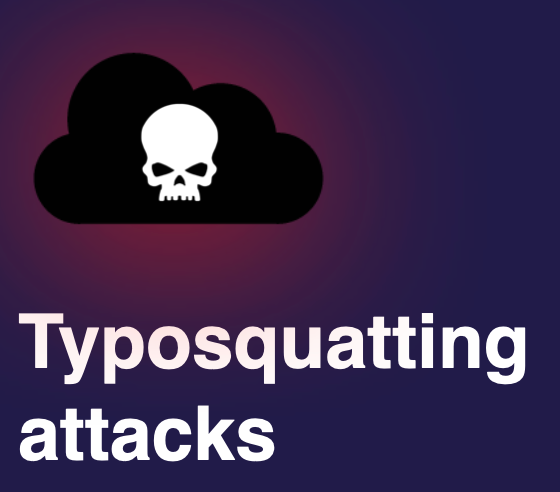Open source software (OSS) has become the driving force behind many systems that range from operating systems to web servers and applications in the current digitized environment. On the other hand, open-source platforms have gotten some security issues as a result of constant addition. The collaborative nature and the spread of the use of open source projects are the main reasons that the security of these projects is so important. The open source approach improves innovation and reduces development times.
Open Source also strengthens community involvement and knowledge sharing and provides transparency via public reviews and submissions. Moreover, open-source software development can also be favorable since the development cycle is accelerated, savings are generated and licensing functions are managed easily. This article talks about the best practices to make the security of open source software stronger, to avoid vulnerabilities, and protect against possible threats.
Understanding Open Source Security
The source code of the software can be accessed and modified by users under open-source licenses with the right to download, distribute, and archive with attributions to the software author. This, on the other hand, encourages inventiveness and strengthens partnerships, however, this process leaves the projects to cyber-attacks. On the contrary, proprietary software may have its security flaws detected and fixed internally, but open-source projects rely on community contributions to identify and address security issues. Choosing an authentic and reliable platform like Open Source Collection or Github is the key of getting goos security. Because authentic platforms always try to provide you codes that are safe from flaws.
Best Practices For Open Source Security
1. Code Review and Continuous Monitoring
The most important part of code review is its ability to detect the open source security vulnerabilities in open-source projects. The introduction of rigid review procedures, which include both peer reviews and automated tools, helps to catch the potential threats in the early phase of the development cycle. Further static and dynamic analysis tools static and dynamic analysis help to ensure continuous monitoring and thus highlight security issues as soon as they are detected. This allows teams to respond rapidly.
2. Continuous Updates and Patch Management
Open Source Software updating is a vital task when it comes to the resolution of security vulnerabilities known for a long time. Project maintainers can undertake to make available the updated versions of dependencies and patches released by the community. The establishment of a firm patch management measure implies that existing loopholes are quickly resolved with a consequent reduction of the chances of cybercriminals misusing them.
3. Secure Coding Practices
Complacency to safe coding techniques is the core guy for reducing gaps in open source projects. Developers should adhere to the security guidelines, e. g. the ones prescribed in the OWASP Top 10, to eliminate the most common threats such as injection attacks, XSS, and security misconfigurations. Ensuring security-enabled code review and continual instruction of developers secures the process plant by designing a secure-by-design approach.
4. Secure Communication And Authentication
One of the main components of information security for open source projects is securing their communication channels and incorporating fail-proof authentication mechanisms because this is the only way to prevent data from being stolen and the project’s vulnerabilities from being exploited. Encryption protocols such as SSL/TLS provide a way of keeping the data confidential and protecting its integrity during the transmission from users to servers. Besides that, dual authentication techniques that include MFA and OAuth are tremendously resourceful as they improve the regulation of access and thus reduce the cases of data theft.
5. Incident Response And Disclosure
Because of proactive concentration from the side of security, there will be open source projects that may also experience security issues. The creation of a well-defined incident response plan helps project leaders react quickly to security incidents, thus keeping their users and reputations from being affected. Transparency during the communication process and communicating weaknesses in time for the fast implementation of the best working solution will make people learn and trust you more.
6. Community Engagement And Security Audits
Unlike commercial closed source projects, open source projects enjoy the support of a large community of contributors who often possess deep technical knowledge. This makes projects more secure. The reward for the responsible disclosure of security vulnerabilities and the cooperation with security researchers is the establishment of a transparent and accountable culture. Running ongoing security audits and penetration testing helps security teams to understand if the existing control system security is working the way it needs to and also to pinpoint the flaws in the system and work to find a solution to that problem.
7. Remove Sensitive Data and Information
In addition to these secrets, open source code may contain sensitive data which can be released and ultimately let out the system configuration details. It is possible that the developers inserted personally identifiable information (PII) and the machine’s use of hardcoded internal IP addresses can leak out sensitive information. It is an important point to clear your GitHub history after removing the sensitive information and taking into account sanity string methods to avoid publishing data by mistake. Besides that, you need to obey the data classification standards and policies of your organization and write open source code base in the same way.
8. LockDown Third-Party Libraries
You should make sure you are employing up-to-date libraries or modules (the so-called external dependencies) from reliable sources e.g. (third-party libraries and code), it is necessary to adhere to a strict timetable for the revision and update of them with the latest releases and security patches. Older versions with known safe breaches sometimes can be exploited by hackers, who could use these lags to perform malicious activities. Incorporating third-party libraries, keeping a record of all the external libraries in the code and verifying their security track would suffice. To this effect, one should check their security track record, review their community activity, look into their vulnerability database, and make sure the libraries are actively maintained.
Wrap Up
Open source software still remains an important driver of innovation and collaboration. Yet, it would be impossible to achieve security for open sources without putting some effort and keeping watch all the time. It is possible to achieve this by using a management approach that ensures careful code review, continuous updates, secure coding norms, and community engagement which will, in turn, strengthen the protection and security of their open source projects, keeping them from any evolving threats and undermining the trust of the community.
To conclude, security in open source projects is not only a good practice, but it is a necessity in the modern digital world where everything is connected. There could be a proactive roadmap and following of a secure policy by the developers. Thus, they are able to prevent risks, create resilient software and in that way support a safer open source community.



